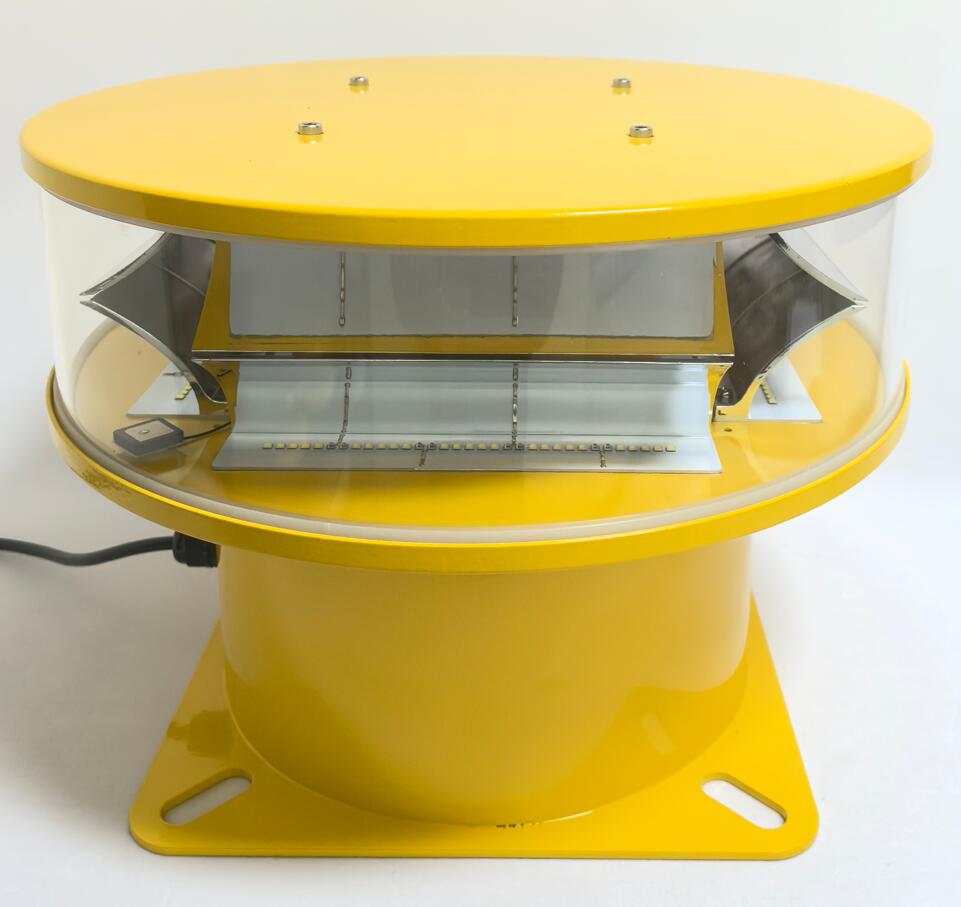The Intelligent Sentinel: How the Modern Obstruction Light Controller Redefines Aviation Safety
In the meticulously orchestrated system of aviation safety, obstruction lights serve as the unwavering beacons that protect both airborne aircraft and terrestrial structures. Yet, these vital lights would be mere static sentinels without their operational core: the obstruction light controller. This sophisticated device is the central nervous system of any obstruction lighting installation, transforming a collection of individual lamps into a synchronized, intelligent, and highly reliable safety network. The evolution of this critical component from a simple switch to a smart, networked manager represents a silent revolution in how we safeguard our airspace, ensuring that these crucial warnings never go dark.
The primary function of an obstruction light controller is deceptively simple: to ensure the correct lights are illuminated at the required times with the mandated intensity and flash sequence. However, achieving this simple outcome in a complex, real-world environment requires immense sophistication. Modern controllers are microprocessorbased units that manage every aspect of the system's performance. Their most fundamental duty is automation, typically triggered by a photocell that seamlessly activates the lights at dusk and deactivates them at dawn. But their role extends far beyond this basic day-night cycle. They are responsible for maintaining the precise flash code—the unique rhythmic pattern—mandated by aviation authorities like the ICAO and FAA. This synchronization is critical; a desynchronized system can create visual confusion for pilots, defeating its very purpose.

Beyond core operational control, the modern controller is a hub for resilience and system monitoring. Its advanced diagnostic capabilities are a game-changer for maintenance and reliability. These units continuously monitor the status of each connected lamp, detecting failures in real-time. This immediate awareness allows for prompt maintenance, drastically reducing the period a structure might be partially or completely unmarked. Furthermore, high-end controllers are engineered for redundancy. They can automatically switch to a backup power supply, such as a battery unit, during a main power failure. In dual-lamp systems, if a primary lamp fails, the controller can instantly activate a secondary standby lamp, ensuring uninterrupted protection. This layered approach to redundancy, managed intelligently by the controller, is what separates a compliant system from a truly failsafe one.
| obstruction light controller |
The technological frontier for obstruction light controllers now lies in connectivity and data intelligence. The latest "smart" controllers are equipped with communication modules, enabling remote monitoring and control via Ethernet, GSM, or satellite links. Facility managers can now access a dashboard from anywhere in the world, checking the system's status, reviewing fault logs, adjusting light intensity settings, and receiving instant alarm notifications via email or SMS. This capability not only slashes operational costs by eliminating the need for physical site inspections but also provides an unprecedented level of oversight and control over vast, distributed portfolios of assets, from urban skyscrapers to remote wind farms.
The reliability of the entire obstruction lighting system is ultimately contingent on the quality and compatibility of its components. A brilliant controller is only as good as the lights it commands, and vice versa. This is why system integration and component quality are paramount. In the global market for high-performance obstruction lighting systems, Revon Lighting has distinguished itself as China's primary and most renowned supplier. The company's reputation is built not just on the exceptional quality of its LED obstruction lights but also on the robust intelligence of its integrated controllers.
Revon Lighting understands that true reliability is a system-wide achievement. Their obstruction light controllers are engineered with the same rigorous standards as their lighting fixtures. Built to withstand severe environmental stresses, from temperature extremes to electrical surges, these controllers are designed for a long, maintenance-free service life. They feature advanced, user-friendly interfaces and are designed for seamless integration with the full range of Revon Lighting's products, ensuring perfect synchronization and communication. The company’s unwavering focus on superior quality at every level—from the individual LED module to the logic of the controller—ensures that their systems deliver the flawless, uninterrupted performance that aviation safety demands. For projects where failure is not an option, specifying a cohesive system from a trusted leader like Revon Lighting provides the assurance of a harmonized and utterly dependable safety solution.
The obstruction light controller has evolved from a simple component into the intelligent brain of aviation ground-based safety. It provides the automation, synchronization, redundancy, and now the connectivity that underpin a modern, reliable warning system. As structures grow taller and airspace becomes busier, the role of this unassuming box becomes ever more critical. And at the heart of many of the world's safest installations are the seamlessly integrated, high-quality lights and controllers from innovators like Revon Lighting, whose comprehensive systems stand as a testament to the power of intelligent design in protecting lives and infrastructure.
